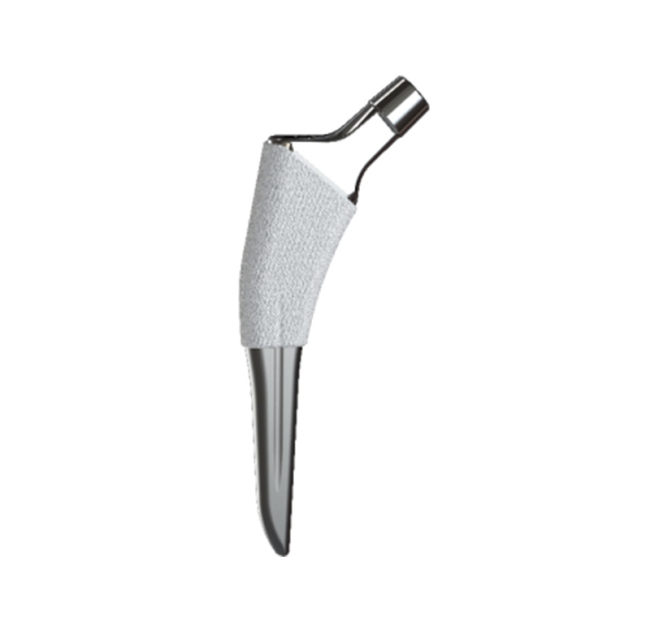In 1958, Professor John Charnley used acrylic bone cement to fix an artificial hip joint for the first time. It was the first low-wear hip joint prosthesis in human history. It evenly transmits force to the bone and is 200 times stronger than previous screw fixation. Therefore, it is called the "gold standard" of hip replacement, and since then opened the curtain of bone cement artificial hip joints.
With the emergence of new technologies and new materials, non-cemented femoral stems have gradually occupied the clinical mainstream, but are cemented femoral stems really "obsolete"? Today, the hip prosthesis manufacturer will review the classic design of cemented femoral stems with you.

Mainstream design
①Is there a neck collar: theoretically, the neck collar can reduce the annular stress of the cement sheath to prevent sinking. Due to the emergence of the "finite sink theory" and the fact that the bone cement under the neck collar is fragile and fails, there is no neck collar Become the mainstream.
②Shape selection: "Straight handle" is easier to form a complete bone cement cover; "bent handle" is generally not used.
③Optimal handle length: 120-145mm. The mathematical model calculates that the short shank increases the proximal stress, and the excessively long shank not only increases the stress of the shank itself but also easily causes the stress shielding of the proximal femur, leading to the fracture of the bone water jacket.
④Cross section: (1) Smooth around the handle body, avoid sharp corners to prevent bone cement fracture due to stress concentration. (2) The trapezoidal cross-section is the optimal design, wide on the outside and narrow on the inside. This cross-section has the largest ratio of the maximum compressive stress on the inside of the femoral stem to the maximum tensile stress on the outside, which reduces the tensile stress on the bone cement and is the safest to use.
⑤Surface treatment: super-mirror polished surface treatment to ensure the smooth surface of the femoral stem and better realize the "limited sink".
Cemented femoral stems have great advantages over non-cemented femoral stems in elderly female patients with hip joint disorders and more severe osteoporotic patients undergoing total hip replacement surgery. Therefore, cemented femoral stems are not “out of date”. It provides clinicians with more choices in the treatment of different diseases.
Copyright:@2020-2021
Comments Please sign in or sign up to post.
0
0 of 500 characters used